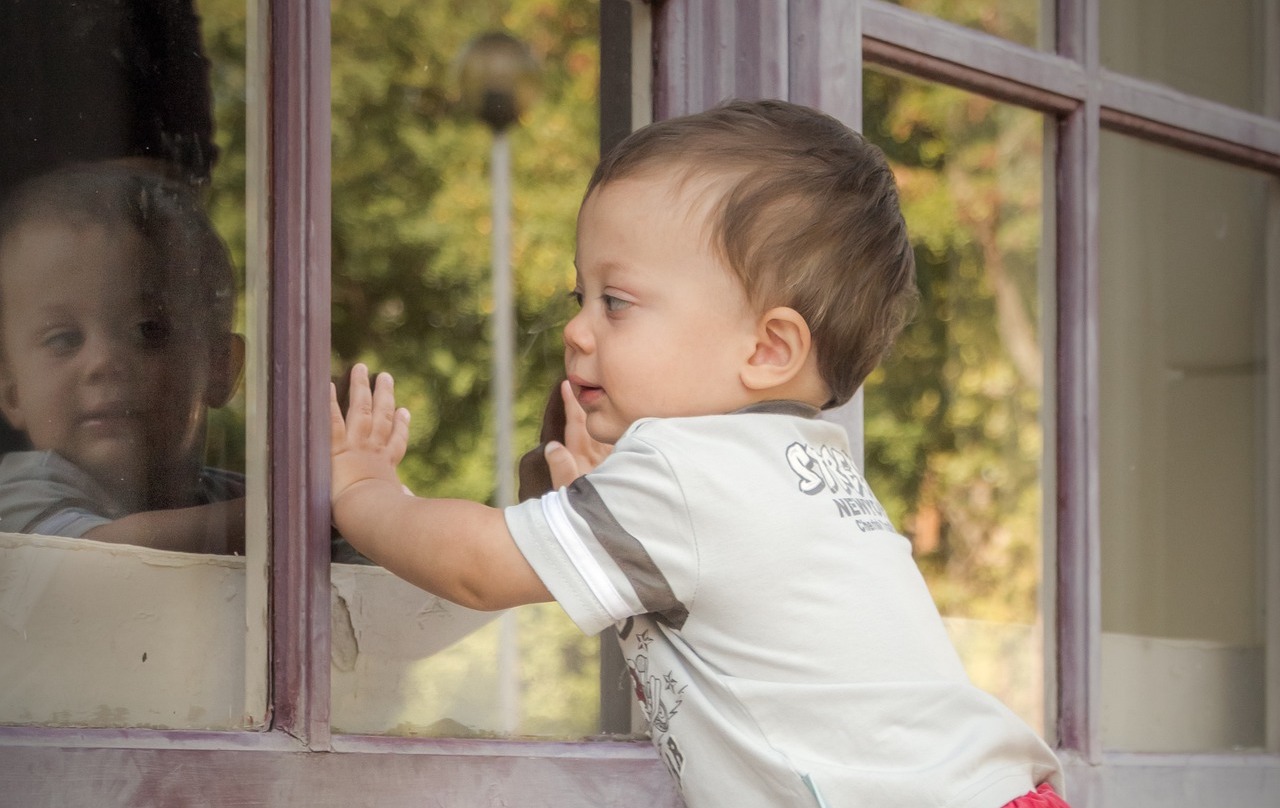
Written by: Tara Gray, M.A., CCC-SLP
Speech-Language Pathologist
Modeling language is extremely important. We learn through watching and observing and imitating others. This modeling can take different forms, we can model signs, gestures, on AAC devices, and verbal language. It’s important that language is being modeled in the way your child is learning to communicate. So, if your child is currently using simple signing it communicate, we should be modeling these signs often throughout the day. If your child communicates via an AAC device, we should be modeling on one of those. If your child is communicating verbally, we should be modeling verbal language. Or we can model in a combination of these, when appropriate.
What Does Modeling Look/Sound Like?
Modeling language is simply talking about the world around you, the things you observe, what you want or need, how you feel, etc. There is no wrong way to model language! If you’re playing with a toy with your child, you could talk about the following with many variations:
- Turning the toy on/off
- “turn on”
- “Daddy turn on”
- “I turn on”
- “turn on toy”
- What the toy does or what is happening
- Spinning “whoa!”
- Going up/down “wee!”
- Open/shut “open” or “close”
- Stacking “put on” or “put in”
- Pieces you want or need for the toy
- “want car”
- “I want car”
- “I want blue car”
- Colors you see on the toy
- “blue”
- “blue car”
- “I see blue”
- “I see blue car”
- Asking for more of the toy/pieces
- “more”
- “want more”
- “more car”
- “more car please”
- “want more car”
- “I want more car”
- Making the toy go/stop
- “go!”
- “car go”
- “make car go”
- “Mommy make car go”
- “I make go”
- “I make car go”
Singing repetitive songs are another great way to model language, especially ones that pair a movement or action. Think: Row Your Boat, Pat-A-Cake, Ring Around the Rosy, etc.
Who Can Model?
Everyone who interacts with your child CAN model language, in fact, it’s encouraged! Parents, grandparents, aunts, uncles, caregivers, cousins, nannies, daycare providers, even siblings can provide meaningful language modeling for your child.
When Should We Model?
Always! Or at least as often as possible. When you’re communicating with or around the child that is an opportunity to model language. And it’s important to note, this doesn’t need to be a formal teaching interaction, it can be quick, it can be casual, and modeling language can be easy. In fact, it becomes easier the more often you do it.
How Do I Find Help?
If your child is currently being seen by a speech-language pathologist here at Small Talk, ask them for words or phrases that you should be focusing on. If you have concerns about your child ability to imitate when you model or about their language development, a speech-and-language evaluation may be warranted. Reach out to us here at Small Talk, or find a speech-language pathologist in your area, for help.
